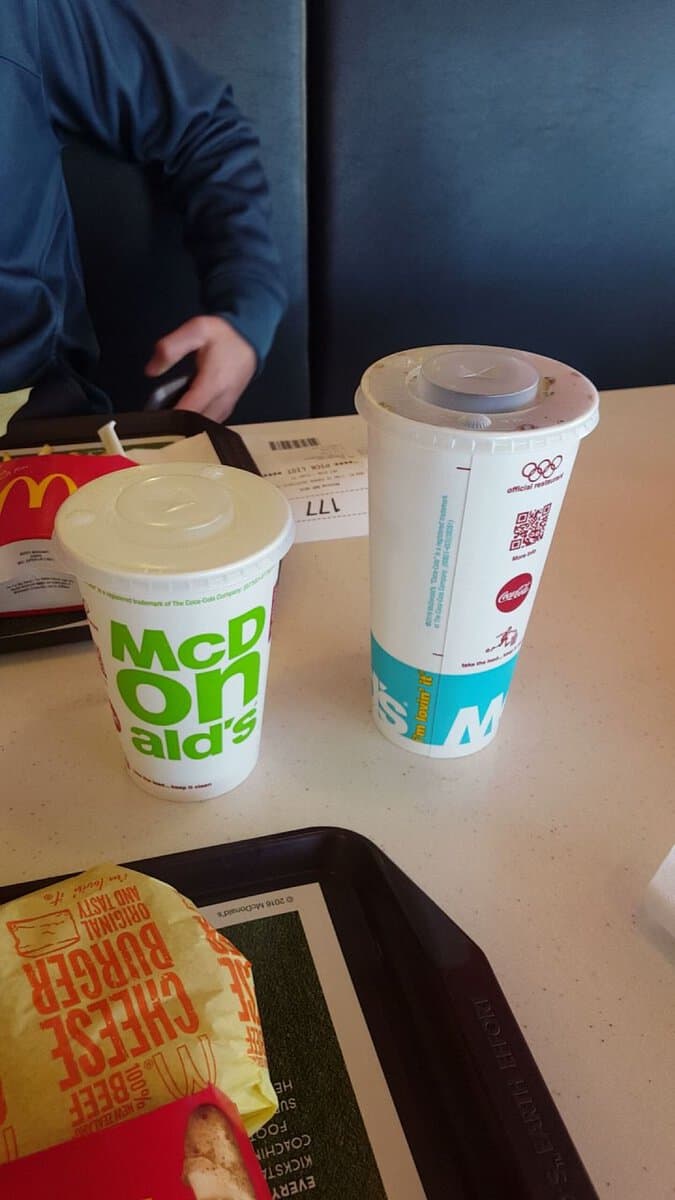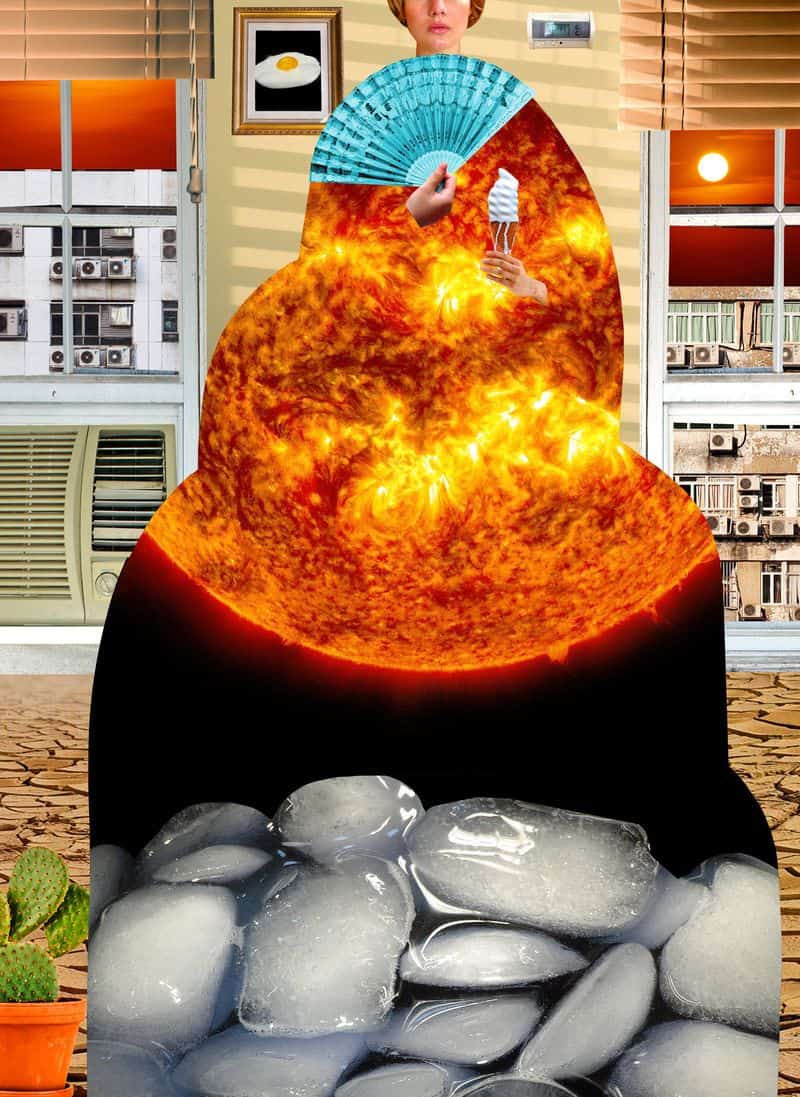The United States, a vast and diverse nation, often leaves visitors from other countries surprised and bemused by its unique cultural characteristics. While America is a melting pot of cultures and traditions, certain aspects of daily life can seem strange or even baffling to newcomers.
From the size of everyday objects to the way social interactions unfold, foreigners often find themselves navigating a landscape that is both familiar in its Western alignment and foreign in its execution. This blog explores eight distinctive elements that usually stand out to those visiting the US. Each offers a glimpse into what makes American culture so uniquely American.
1. Tipping Culture

Tipping in the US is an ingrained part of the service industry, expected in restaurants, taxis, and even for hotel staff. Foreigners often find this practice unusual, as tipping standards may differ significantly in their home countries. In the US, tips are a substantial part of a service worker’s income.
Not tipping can be seen as rude, and there’s an unwritten rule to leave between 15-20%. This expectation can surprise foreigners, especially those from countries where tipping is not customary. Understanding and adapting to this practice is crucial for anyone spending time in America.
2. Sizes of Everything

In America, bigger is often considered better, and this is evident in the size of everything from food portions to cars. Visitors might be shocked by the enormous servings in restaurants, where one meal can easily feed two people.
Even grocery stores stock items in bulk, encouraging shoppers to buy more than they might need. Vehicles, too, tend to be larger, with SUVs and trucks dominating the roads. This phenomenon reflects a cultural preference for abundance and convenience, though it may seem overwhelming to those used to smaller, more modest sizes.
3. Healthcare System

The US healthcare system is a complex and often expensive part of life that bewilder many foreigners. Unlike countries with universal healthcare, the American system relies heavily on private insurance.
The high costs for services and medications can be shocking, especially for those from nations where healthcare is more affordable or provided by the government. Visitors are advised to secure comprehensive travel insurance to cover unexpected medical expenses, as even a simple doctor’s visit can be costly. Navigating this system often requires patience and understanding of its intricacies.
4. Sales Tax Surprises

Foreigners shopping in the US often get caught off guard by sales tax, which is added at the register rather than included in the price tag. This practice can be confusing, especially for those used to seeing the total cost upfront.
Since sales tax varies by state, the same item can cost different amounts in different locations. This unpredictability requires shoppers to do quick math to anticipate their final bill. Understanding this aspect of American retail can help ease the frustration of unexpected costs during shopping trips.
5. Driving Distances

The sheer size of the US means that driving long distances is a common part of life. Foreigners from smaller countries might find the idea of driving for hours to be daunting.
Road trips that span several states are a typical American experience, with highways connecting distant cities. While some might relish the freedom of the open road, others may find the distances tiring and expansive. Planning for these long drives, with rest stops and overnight stays, can make the journey more manageable and enjoyable.
6. Patriotism and Flags

American patriotism is prominently displayed, with flags flying outside homes and celebrations of national pride. Foreigners often notice the ubiquity of the red, white, and blue, symbolizing a strong national identity.
National holidays such as Independence Day are marked with parades and fireworks, showcasing a collective pride that might be more subdued in other nations. This display of patriotism can seem overwhelming to those unaccustomed to such overt expressions. Embracing this aspect can offer a deeper understanding of American values and culture.
7. Air Conditioning Obsession

Air conditioning is a staple of American life, with cooling systems running even when the weather is mild. Many foreigners are surprised by how ubiquitous and cold these environments can be.
Offices, stores, and homes blast air conditioning, making a sweater necessary on even the hottest days. This preference for cool interiors can be a shock to those from regions where natural ventilation is preferred. Adapting to these chilly indoor climates is often part of the American experience.
8. The 24/7 Lifestyle

The US is known for its 24/7 lifestyle, with services and stores available at all hours. Foreigners might find it convenient yet surprising to have access to shopping and dining around the clock.
Major cities offer an array of options for night owls, a contrast to countries where businesses close early. This constant availability ties into the fast-paced American way of living, providing flexibility and convenience. However, it can also lead to a sense of perpetual motion, where the hustle never seems to stop, requiring some adjustment for those not used to this lifestyle.

Well, hello there!
My name is Jennifer. Besides being an orthodontist, I am a mother to 3 playful boys. In this motherhood journey, I can say I will never know everything. That’s why I always strive to read a lot, and that’s why I started writing about all the smithereens I came across so that you can have everything in one place! Enjoy and stay positive; you’ve got this!

